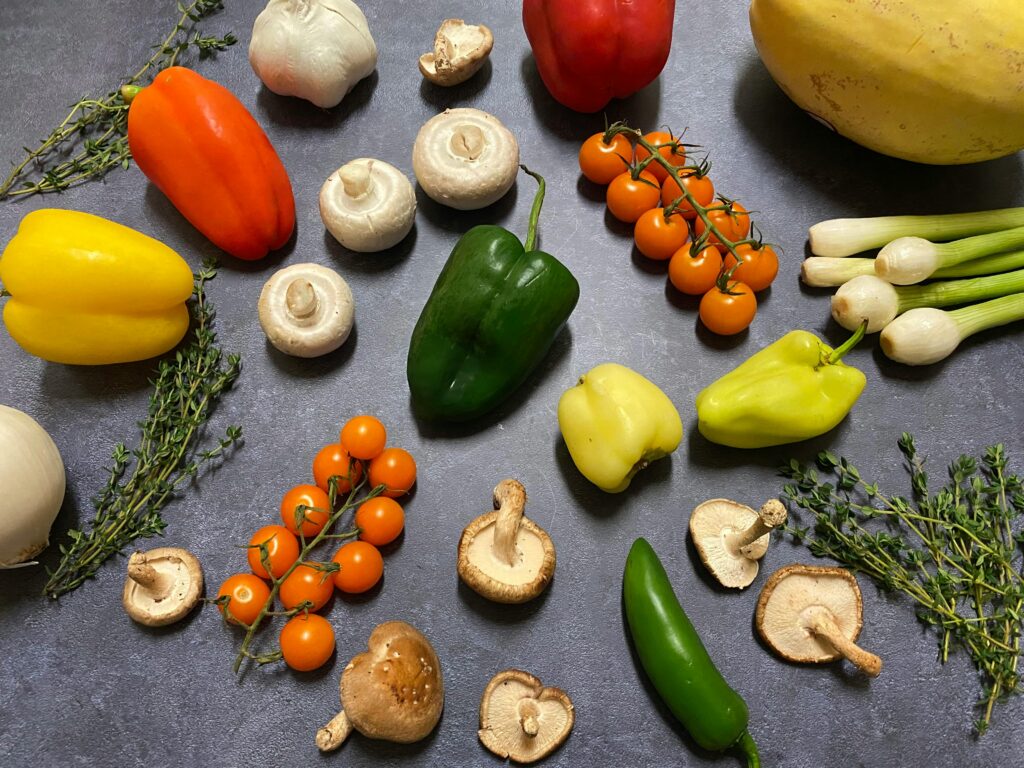
If you’ve accidentally made a dish too spicy, don’t worry! Here are some tips to tame the heat and salvage your meal:
Dairy to the Rescue:
- Dairy products are great at dampening the spiciness of capsaicin, the compound in peppers that creates the heat sensation. Here are some options:
- Milk, Yogurt, or Sour Cream: Stir in a few tablespoons of milk, yogurt, or sour cream. Whole-fat dairy works best as the fat content helps neutralize the capsaicin.
- Cheese: Crumbled cheese like cheddar, ricotta, or mozzarella can be added on top or stirred in for a creamy and cooling effect.
Starchy Ingredients:
- Starchy ingredients can absorb some of the capsaicin. Here’s how to incorporate them:
- Cooked Rice or Noodles: Adding cooked rice or noodles to your dish can dilute the spice level. They’ll soak up some of the heat and provide a neutral base for each bite.
- Bread or Tortillas: Serve your dish with bread or tortillas. These can be used to scoop up the food, allowing you to control the amount of spice you consume in each mouthful.
Sweetness with Caution:
- A touch of sweetness can sometimes counteract spiciness. However, be careful not to add too much, or you might end up with an unbalanced flavor profile. Here are some options:
- Honey or Sugar: A teaspoon of honey or a sprinkle of sugar can add a touch of sweetness that might help temper the heat.
- Fruits (Use with Caution): Adding chopped pineapple, mango, or other sweet fruits can also add a touch of sweetness and a contrasting flavor. However, this approach might not work for all dishes.
Dilution is the Solution:
- For soups, stews, or curries: If your dish is a soup, stew, or curry, you can simply dilute it with some additional broth or water. This will lessen the concentration of the spicy elements in each serving.
Acidic Touch:
- A touch of acid can sometimes brighten the flavors and potentially offer a slight relief from the heat. Here are some options:
- Lemon or Lime Juice: A squeeze of lemon or lime juice can add a balancing brightness that might help cut through some of the heat.
Start Slow and Taste as You Go:
It’s important to remember to add any tempering ingredients gradually and taste your dish after each addition. This allows you to control the amount you add and stop when the heat level reaches your preference.
Alternative Approach:
- Serve Separate Cooling Elements: If none of these methods work perfectly, you can always serve your dish with some cooling elements on the side. These can include plain yogurt, sour cream, chopped raw vegetables like cucumber or bell peppers, or a side of cool and refreshing raita (an Indian yogurt-based condiment with cucumber and herbs).
By following these tips, you should be able to adjust your dish and enjoy it without the overwhelming heat!
